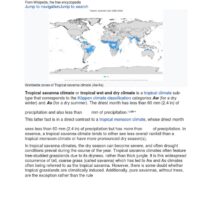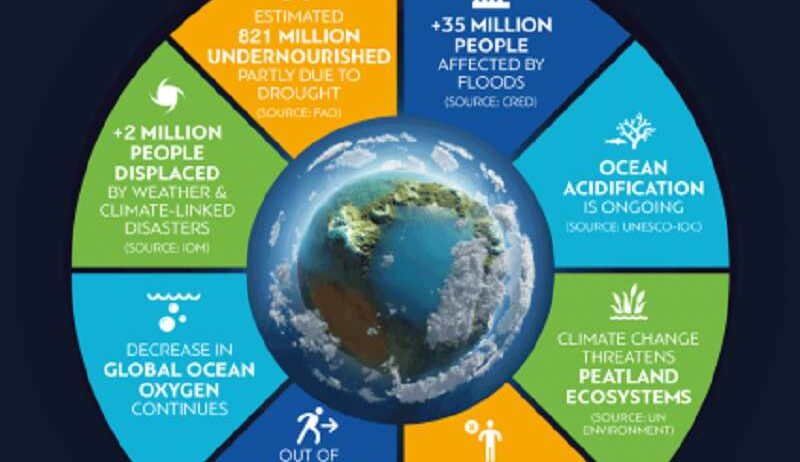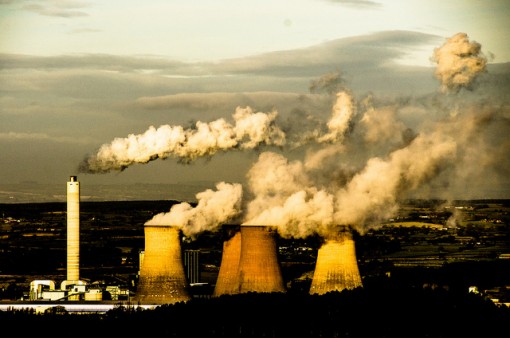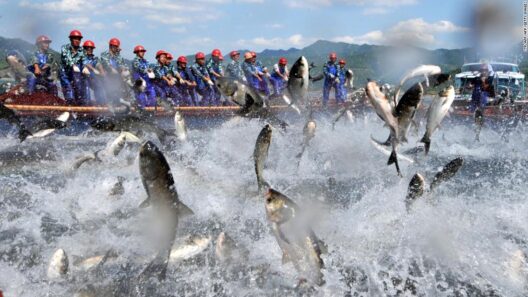Extreme weather events have become increasingly frequent and severe, leaving in their wake destruction and tragedy across the globe. Historically, humanity has witnessed natural disasters as part of the Earth’s dynamic processes. However, the current climate crisis has amplified these occurrences, leading to a pressing need to understand how global warming acts as a catalyst for such catastrophic events.
The connection between climate change and extreme weather is not merely circumstantial; it is deeply rooted in the science of meteorology and environmental studies. Rising temperatures, attributed to anthropogenic emissions of greenhouse gases, have resulted in an observable shift in climate patterns. Atmospheric scientists have established a correlation between increased global temperatures and a rise in the intensity and frequency of severe weather phenomena. Heatwaves, hurricanes, floods, and droughts exemplify this stark reality.
Heatwaves are among the most straightforward manifestations of a warming planet. As average temperatures increase, regions around the world are experiencing prolonged periods of extreme heat. The implications of these heatwaves extend beyond mere discomfort. They exacerbate drought conditions, strain water supplies, and even hinder agricultural productivity. Crops wither in unsustainable temperatures, leading to food insecurity and economic turmoil in vulnerable communities.
Moreover, these elevated temperatures are contributing to the intensification of tropical storms and hurricanes. Warmer ocean waters serve as incubators for these colossal tempestuous systems. Consequently, storms like hurricanes gain strength more rapidly and travel further. For instance, the 2020 Atlantic hurricane season proved to be one of the most active on record, with multiple storms achieving unprecedented intensity.
Hurricane intensity is directly related to sea surface temperatures. The warmer the water, the more heat and moisture are liberated into the atmosphere, thus accelerating storm formation and growth. As a result, the frequency of storms that reach categories three through five has increased, translating into heightened potential for destruction as these systems make landfall.
Furthermore, climate change has altered precipitation patterns, leading to extreme and more unpredictable rainfall. Some regions are experiencing torrential downpours, while others suffer crippling droughts. This paradoxical situation has significant ramifications, leading to soil erosion, flooding, and water scarcity. Urban areas, in particular, struggle to manage excess rainfall, which overwhelms drainage systems and contributes to severe flooding events.
For instance, in cities where impervious surfaces dominate the landscape, rainfall cannot be absorbed back into the ground. Instead, it rushes over the streets, causing flash floods. This effect is exacerbated by climate change, which not only alters weather patterns but also leads to the phenomenon of ‘urban heat islands.’ These areas experience heightened temperatures, further straining natural and constructed infrastructures.
Droughts exemplify another critical impact of climate change. Regions historically characterized by intermittent dryness are now experiencing prolonged periods of water scarcity. The phenomenon of the ‘flash drought’ has arisen, where extreme heat and lack of rainfall converge rapidly, devastating ecosystems and agricultural lands in a matter of weeks. The resilience of these landscapes is compromised, leading to long-term ecological consequences.
While the physical impacts of extreme weather events are evident, the sociopolitical implications demand equal attention. Displaced populations become increasingly common as communities are rendered uninhabitable due to flooding, wildfire, or famine. Climate refugees are now a reality, as people are forced to abandon their homelands in search of safety and stability. This shift exacerbates existing tensions and brings about new conflicts over resources.
The cascading effects of extreme weather and climate change extend far beyond immediate destruction; they trigger a cycle of vulnerability and exacerbate inequality. Marginalized communities are often the least equipped to cope with the fallout of these events, struggling to recover and rebuild. Thus, environmental justice becomes an essential component of climate action, emphasizing the need for equitable responses and resources.
Moreover, as public consciousness grows regarding climate change, there is a burgeoning fascination with how humans can combat this existential threat. Innovative technologies and renewable energy sources are emerging as viable solutions to lessen humanity’s carbon footprint. Society is embarking on a transition towards sustainable practices, from utilizing solar and wind energy to reforestation initiatives that sequester carbon in the atmosphere.
Alongside technological advancements, the role of individual action cannot be understated. Grassroots movements advocating for sustainable practices are gaining momentum. From promoting local farming to encouraging reduced consumption of single-use plastics, individual efforts collectively contribute to a larger movement against climate change. Education and awareness are pivotal in galvanizing more people to take actionable steps towards environmental stewardship.
In conclusion, the interplay between extreme weather and global warming reveals a complex tapestry of environmental, societal, and economic challenges. The acceleration of catastrophic events is intertwined with human actions, necessitating a concerted effort to mitigate climate change and adapt to its effects. As the world grapples with these multifaceted issues, the pursuit of a sustainable future must remain resolute, driven by informed understanding and collective action. In navigating this climate crisis, every choice made today will resonate through generations to come.







